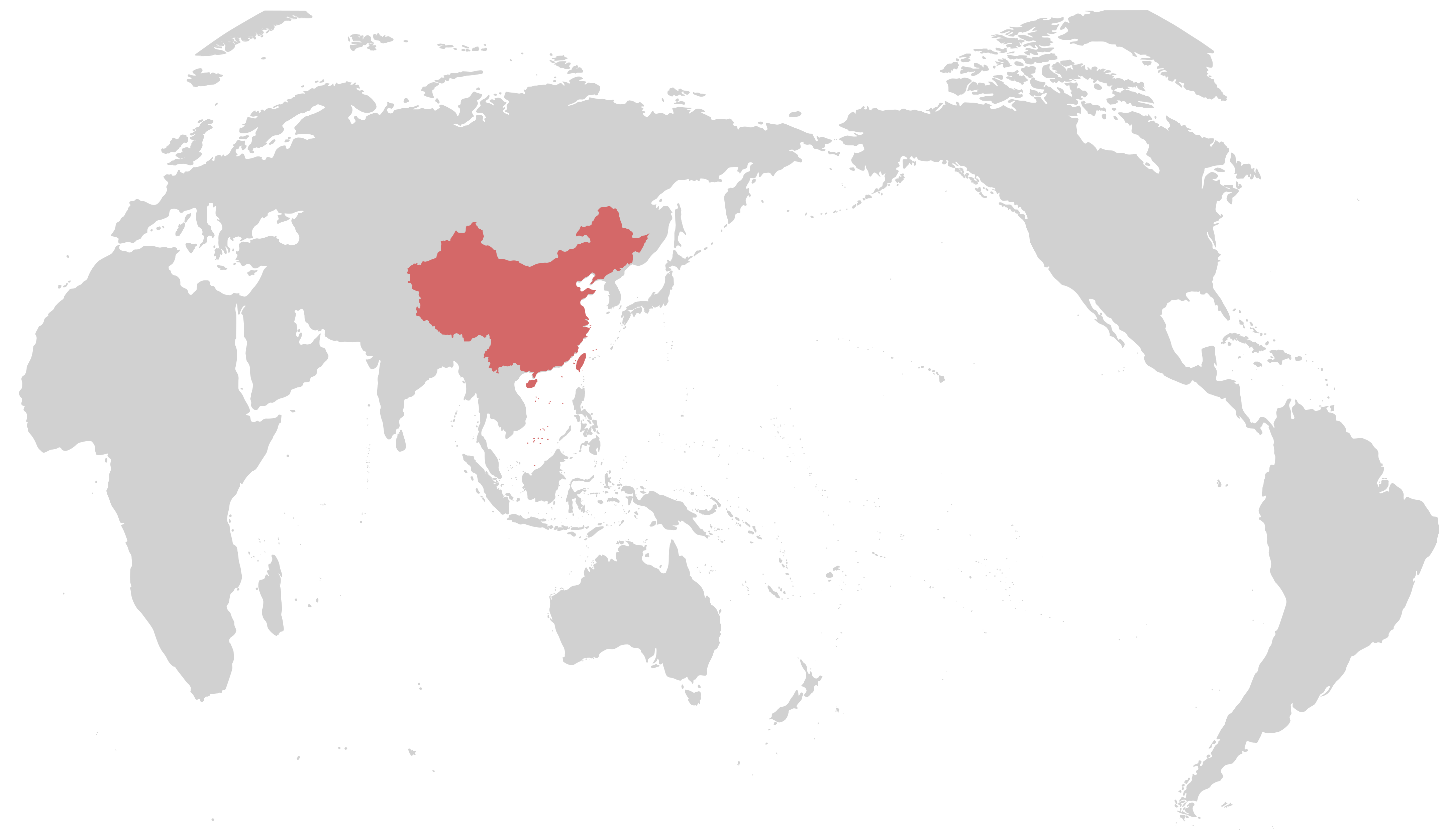.accordion-flush class. This is the second item's accordion body. Let's imagine this being filled with some actual content..accordion-flush class. This is the third item's accordion body. Nothing more exciting happening here in terms of content, but just filling up the space to make it look, at least at first glance, a bit more representative of how this would look in a real-world application.Company Profile
Ceegess is a world-leading manufacturer of all-in-one solar energy storage systems and solar photovoltaic cell modules. It covers an integrated industrial chain from batteries and components to downstream system development and investment layout.
